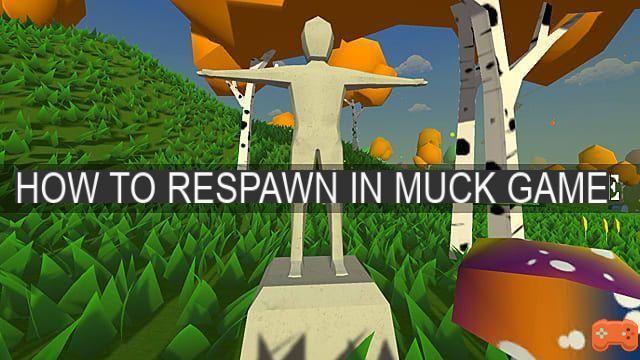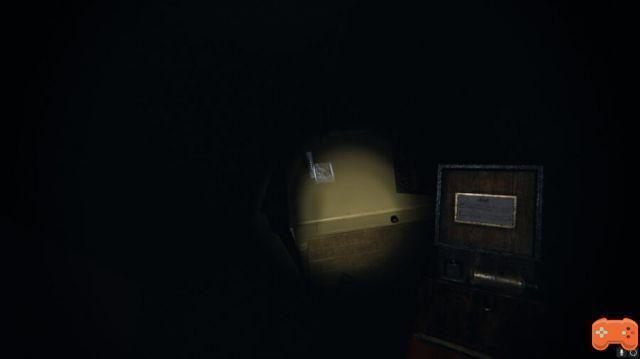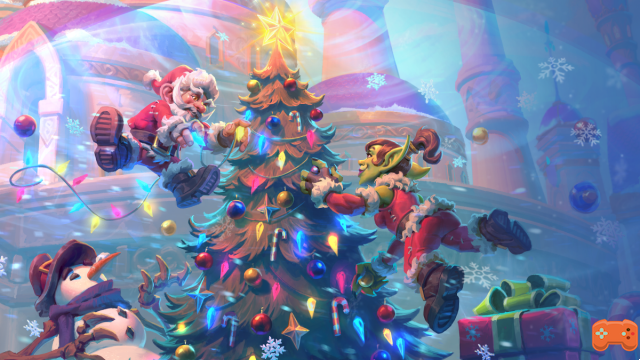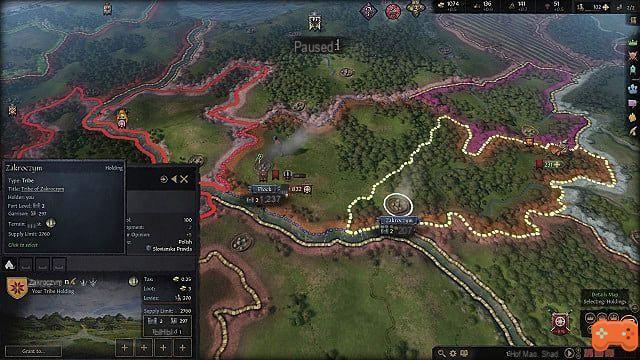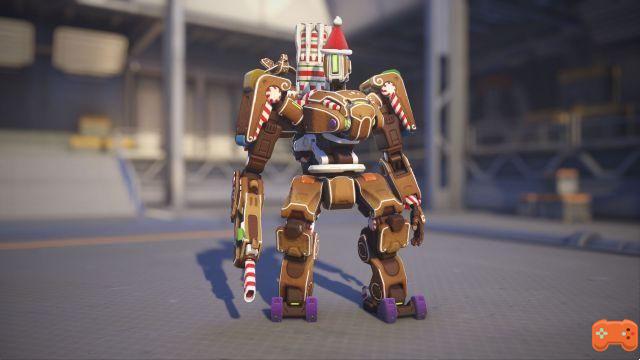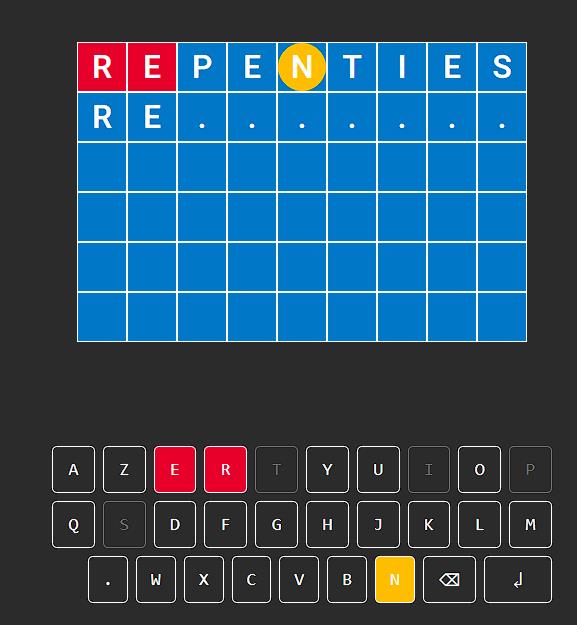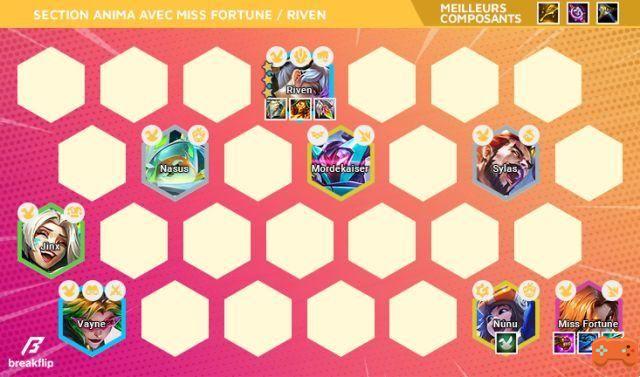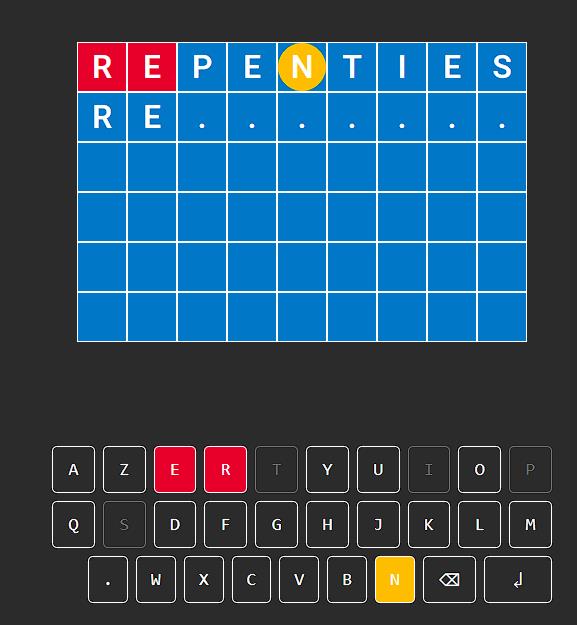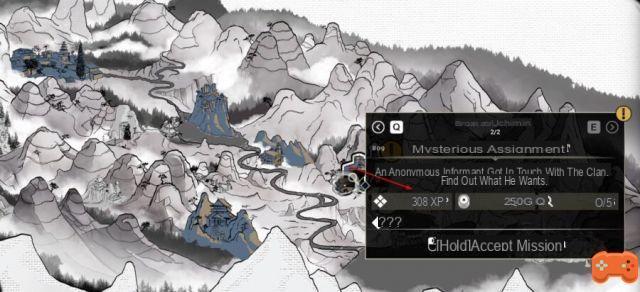As part of the Windbound survival experience, Kara must use her surroundings to stay alive, which involves gathering various materials. These can be obtained through natural resources or by killing animals, and sourcing them allows you to craft survival tools, boat building materials, weapons and armor, and more.
Each material has varying degrees of durability that must be considered when manufacturing, but some are more difficult to achieve than others. Only a certain amount of Material can only be kept in one inventory slot before taking another. Once you run out of space, you have to decide what's more important.
Plants can be crafted into potions, requiring a metal cauldron (3x raw metal, 3x rocks) over a fire. Raw meat can be cooked and processed into more edible food for better health recovery.
Some materials, like Raw Metal, require a Clay Furnace (3x Clay, 1x Staff, 2x Thick Grass) instead, which will allow you to craft them into weapons, although Metal can also be used to other purposes.
Bags are important and are directly related to foraging and retrieval. You can gather materials to craft larger bags that increase inventory space and provide other unique buffs, though two bags negatively affect your stamina.
It is important to note that many materials are not available in previous chapters of the game, requiring you to level up before you can start crafting more advanced items. In this guide, we'll illustrate the materials available in Windbound, how to find them, and when you can get them.
Windbound Materials Guide: Crafting Items, Food, and Bags
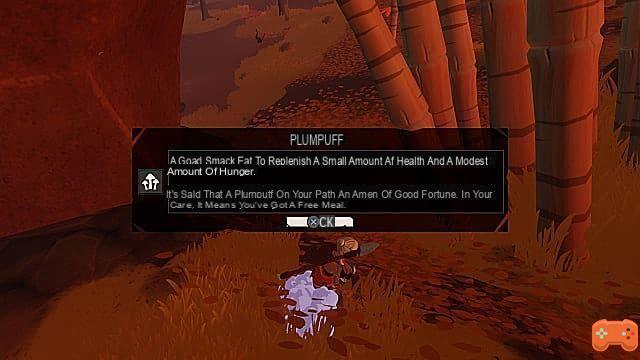
Craft items
- Bamboo
- Used to expand your shipbuilding abilities.
- Located around some forests.
- Available after the second chapter.
- Bloodbristle
- Used to brew potions; requires a fire and a metal cauldron.
- Located in any forest.
- Available after the second chapter.
- Bones
- Used for various armaments.
- Obtained by killing Bleenks, Razorbacks and Razorbubs. Also found around Plainstalker nests.
- Available immediately.
- Bleenk leaves
- Used for bows.
- Obtained by killing Bleenks.
- Available immediately.
- Clay
- Used to craft clay ovens. Requires a shovel to dig up.
- Often found around swamps.
- Available after the fourth chapter.
- raw metal
- Used to strengthen your ship, though it can be molded into weapons via clay kilns.
- Extract metal deposits using a hammer.
- Available after the third chapter.
- Fluttercup
- Used to brew potions; requires a fire and a metal cauldron.
- Located in any forest.
- Available after the second chapter.
- Sombrharrow's Jaw
- Used in axes; makes a sharp cutting tool.
- Obtained by killing Gloomharrows.
- Available after the third chapter.
- Dark Plow Skin
- Used to create stealth armor. can help camouflage Kara.
- Obtained by killing Gloomharrows.
- Available after the third chapter.
- Gorehorn Ridges
- Used to build a bone shovel.
- Obtained by killing a Gorehorn.
- Available immediately.
- Leather
- Used to craft various weapons and items.
- Obtained by drying the hide via a drying rack (2x staff, 3x thick grass) over a fire.
- Available immediately.
- Leviathan Heart Gem
- Used to craft the Bow of Torment.
- Rare item; only found in crystal deposits or jars or by killing Tremorlurks.
- Available after the third chapter.
- Oil
- Used to create oil bombs for slings.
- Obtained by pulverizing raw fish with a hammer.
- Available immediately.
- Palm tree leaf
- Used to create bamboo poles.
- Found near beaches.
- Available from the second chapter.
- poison glands
- Used in potions.
- Located in the swamps, you must first destroy the poison spores.
- Available from the second chapter.
- rocks
- Used to throw at enemies with slings; used to create fires.
- Obtained in most places.
- Available immediately.
- Shards of sea
- A form of currency earned by activating Nautilus Keys or breaking pots.
- Can be spent at shrines located in The Crossing.
- Sealing
- Used to brew potions, requires a fire and a metal cauldron.
- Located in any forest.
- Available after the second chapter.
- Sentinel Gem
- Used to craft the Bastion Bow.
- Rare item; only found in Crystal Deposits or Pots.
- Available after the third chapter.
- shell fragment
- Can be used for ladder hull armoring on boats.
- Obtained by killing Pondwompers.
- Available from the fourth chapter.
- SKIN
- Must be dried before becoming usable, which turns it into leather.
- Obtained by killing Razorbubs, Razorbacks and Plainstalkers.
- Available immediately.
- Silk
- Used to create arcs.
- Obtained by killing Silkmaws, which spawn in groups after falling from nearby trees.
- Available from the third chapter.
- Storm's Eye Gem
- Used to craft the Tempest Bow.
- Rare item; only found in Crystal Deposits or Pots.
- Available after the third chapter.
- thick grass
- Used in boat building, weapon crafting and more.
- Found in most places.
- Available immediately.
- Wood
- Used for boat building and other crafts.
- Obtained by chopping down trees with an axe.
- Available immediately.
Food
- Great raw meat
- Used to restore stamina and stave off hunger, although it will temporarily poison you if eaten raw. Can be cooked in generously roasted meat for a great health boost. Will degrade and rot if not eaten quickly.
- Stripped of Gorehorns.
- Available immediately.
- Plumpuff
- Used to restore health and a modest level of hunger.
- Located in the marshes.
- Available after the second chapter.
- raw crobster meat
- Used to restore stamina and stave off hunger, although it will temporarily poison you if eaten raw. Can be cooked in Roast Crobster for a health boost. Will degrade and rot if not eaten quickly.
- Obtained by defeating Crobsters.
- Available immediately.
- Raw fish
- Used to restore stamina and stave off hunger, although it will temporarily poison you if eaten raw. Can be cooked in flame roasted fish for a health boost. Will degrade and rot if not eaten quickly.
- Obtained by defeating Shoreskippers.
- Available immediately.
- rest cap
- Provides a small boost to health, hunger, and stamina. Will degrade and rot if not eaten quickly.
- Obtained from trees.
- Available immediately.
- Small raw meat
- Used to restore stamina and stave off hunger, although it will temporarily poison you if eaten raw. Can be cooked in gently roasted meat for a small health boost. Will degrade and rot if not eaten quickly.
- Dropped on many enemies - Bleenks, Bumblers, Plainstalkers, Razorbacks, Razorbubs, Silkmaws, Slitherfangs.
- Available immediately.
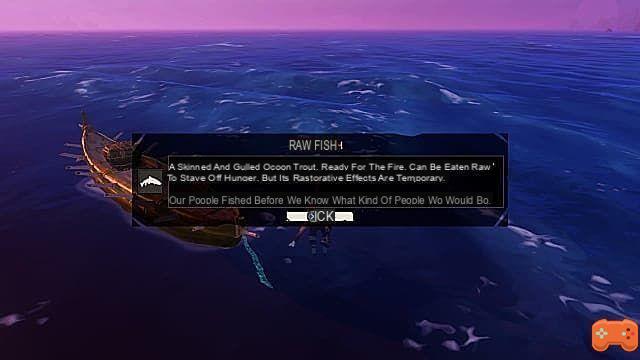
Bags
Kara can only hold seven items in her inventory to start with, alongside key items, but as you progress you quickly find that isn't enough. With new objects and exploration comes a much-needed storage solution.
Luckily, bags can be crafted to increase your inventory space. Some bags have additional perks, so if you want to play it safe, here are the options ahead.
- Armored Bag: Adds 12 inventory slots and reduces incoming damage. Increases the cost of sprinting for stamina.
- 1x leather, 2x raw metal, 2x grass rope.
- Food bags: store 12 items at a time, to preserve food longer.
- 2x Palm Frond, 2x Seally, 1x Silk Thread, 2x Bloodbristle.
- Rugged Bag: Adds 18 inventory slots but increases sprint stamina drain.
- 2x leather, 2x silk thread.
- Palm Bag: Add 7 slots to your inventory.
- 2x grass rope, 5x palm frond.
- Stealth Bag: Adds 12 slots to inventory; makes it harder for you to see or hear.
- 1x Darkharrow Hide, 2x Silk Thread, 2x Bleenk Sling.
That's all you need to know about Windbound's materials, plus the bags you'll need to hold it all. Now that you don't have to mark the whole map, you can spend more time crafting, surviving, and exploring. For more tips, be sure to check out our other Windbound guides while you're here!




